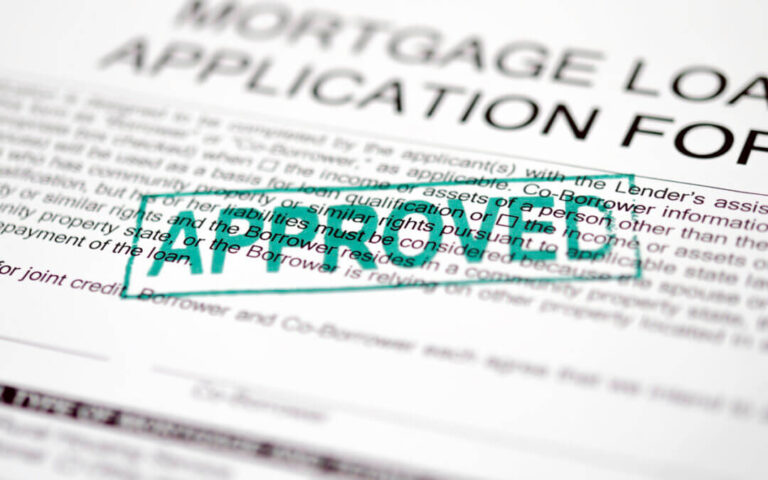The process of replacing your existing mortgage with a new one is known as Mortgage Refinancing. There are many reasons why you might want to think about mortgage refinancing , such as to lower your monthly payments, shorten your loan term, or get out of an adjustable-rate mortgage.
The process of mortgage refinancing
To get started with mortgage refinancing, you’ll need to gather some information and documents, such as your most recent pay stubs, bank statements, and tax returns. You’ll also need to get a copy of your current mortgage statement. Once you have this information, you can start shopping around for a new mortgage.
When you’re comparing mortgage offers, be sure to pay attention to the interest rate, the loan term, and any fees associated with the loan. You should also ask about any prepayment penalties, which are fees that some lenders charge if you pay off your loan early.
Once you’ve found a mortgage that you’re interested in, you’ll need to apply for the loan. This process will involve providing the lender with more information about your finances, such as your income and assets. The lender will then use this information to determine your eligibility for the loan and the interest rate that you’ll be offered.
If you’re approved for the loan, you’ll need to close on the loan. This is when you’ll sign the final paperwork and pay any closing costs associated with the loan. After the loan is closed, you will begin making mortgage payments on your new home.
The costs of mortgage refinancing
There are a few different costs associated with mortgage refinancing, including:
- Closing costs: These are fees that are charged by the lender to process your loan. Closing costs can vary depending on the lender and the type of loan you’re getting.
- Interest rate: The interest rate on your new mortgage will be based on your credit score, income, and other factors. The better your credit, the lower your interest rate.
- Other fees: There may be other fees associated with your Mortgage Refinancing, such as an appraisal fee or a title insurance fee.
The benefits of Mortgage Refinance
There are a few potential benefits to refinancing your mortgage, such as:
- Lower monthly payments: If interest rates have gone down since you took out your original mortgage, you may be able to get a lower interest rate on a new mortgage. This could lower your monthly payments and save you money over time.
- Shorter loan term: You may also be able to shorten the term of your mortgage with a refinance. This could help you pay off your mortgage sooner and save money on interest.
- Increased cash flow: If you have a lot of equity in your home, you may be able to refinance and get out of an adjustable-rate mortgage. This could give you more predictable monthly payments and increase your cash flow.
The risks of mortgage refinancing
There are also a few potential risks associated with refinancing your mortgage, such as:
- Prepayment penalties: If you pay off your loan early, some lenders charge prepayment penalties. This could be a problem if you need to sell your home or if your financial situation changes.
- Higher interest rates: If interest rates have gone up since you took out your original mortgage, you may end up with a higher interest rate on a new mortgage. This could increase your monthly payments and make it more difficult to afford your home.
- Closing costs: The closing costs associated with a Mortgage Refinancing can be expensive. You’ll need to factor these costs into your decision about whether or not to refinance.
When to Mortgage Refinancing
There are a few times when it might make sense to Mortgage Refinancing, such as:
- When interest rates have gone down: If interest rates have gone down since you took out your original mortgage, you may be able to get a lower interest rate on a new mortgage. This could lower your monthly payments and save you money over time.
- When you have a lot of equity in your home: If you have a lot of equity in your home, you may be able to refinance and get out of an adjustable-rate mortgage. This could give you more predictable monthly payments and increase your cash flow.
- When you need to lower your monthly payments: If you’re struggling to make your monthly mortgage payments, you may be able to refinance and lower your monthly payments. This could help you stay in your home and avoid foreclosure.
Conclusion
Mortgage Refinancing can be a complex process, but it can also be a great way to save money and improve your financial situation. If you’re thinking about refinancing, be sure to do your research and understand all of the risks and benefits involved before making a decision.




